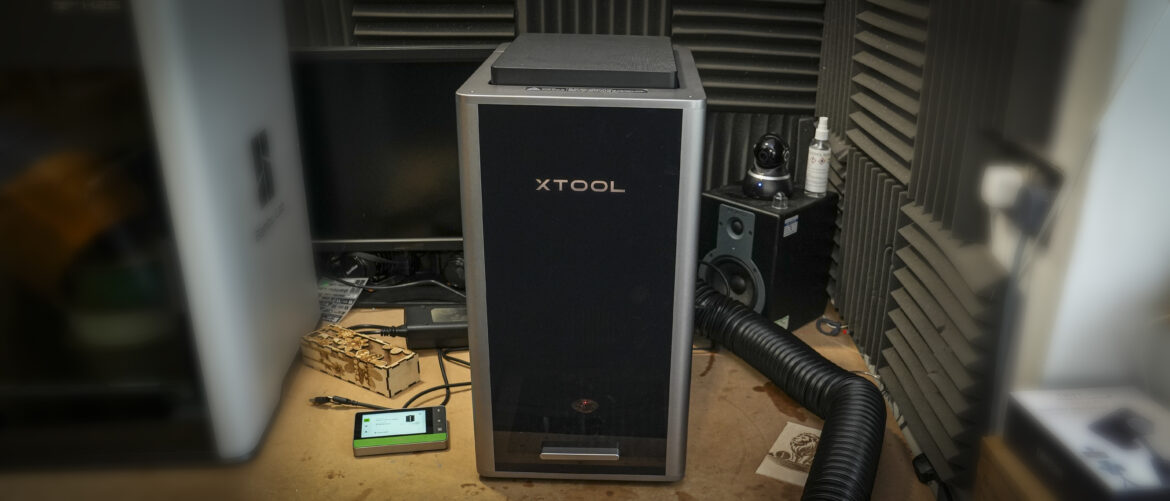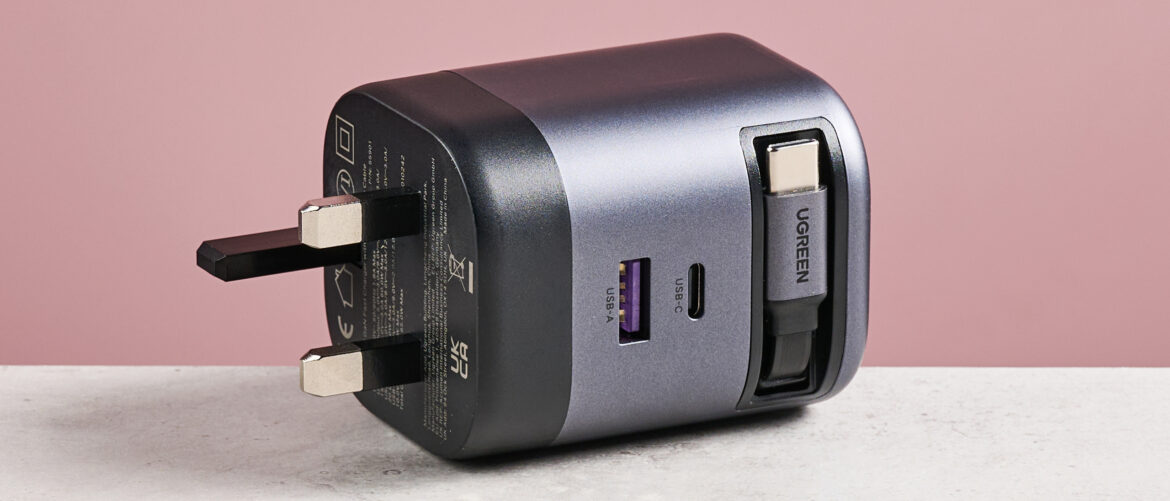Why you can trust TechRadar
We spend hours testing every product or service we review, so you can be sure you’re buying the best. Find out more about how we test.
Lost Soul Aside has come a long way since its initial promotional video went viral back in 2016, with super slick combat and visuals being enough to catch Sony’s attention. Nine years later, the final product is a PS5 console exclusive that mostly lives up to the exhilarating battles and landscapes that were shown that day.
Still, its shallow story and poor performance on PC makes Lost Soul Aside sometimes feel like a husk of an action adventure game.
Lost Soul Aside follows a young man named Kaser as he joins a resistance group named Glimmer against the empire. It starts off as a potentially intriguing and politically engaged story, but quickly devolves into a generic adventure about saving the world against interdimensional monsters called Voidrax and their commander, Aramon. The plot twists are obvious, so it’s hard to really stay invested, even when the stakes are increased when the Voidrax steal the soul of Kaser’s sister, Louisa.
Along the way, Kaser joins forces with a floating dragon-shaped Voidrax creature named Arena, and I was surprised at how much I enjoyed their banter together as they traveled across different biomes and dimensions. Arena expresses regrets about his past actions and vows to make amends by giving Kaser the ability to fight back against the Voidrax. Learning more about Arena’s backstory kept me engaged with the game outside of the combat even when the story itself was a plodding bore.
DMC meets Final Fantasy
(Image credit: Sony)
The gameplay is where it really shines. Its real-time action combat plays most like Devil May Cry with its heavy emphasis on combos, and you’ll gain access to more weapons as the game progresses. Between Kaser’s four options, a sword, greatsword, spear, and scythe, it’s immensely satisfying to seamlessly switch between each of them during the heat of battle.
While the pace at which the spear and scythe are unlocked later in the game may be a bit slow, there are plenty of combos to execute with the sword and greatsword during the first half. This is due to the excellent upgrade system. Kaser has a skill tree for each of his weapons, and each node provides a stat boost or some sort of follow up attack to his combos. It isn’t necessarily revolutionary, but its straightforward nature gets the job done. This helps to alleviate the pacing gap between unlocking all of Kaser’s weapons.
Lost Soul Aside gets even more of a visual spectacle by giving Kaser his own Voidrax-infused special attacks with Arena. They switch up the gameplay enough so it’s not a constant button mashing affair. Kaser can equip up to three at a time and they vary quite a bit.
My favorite ones include Breath Barrage, which summons two floating smaller Arena-shaped heads that automatically fire like turrets. Lifeforce Bestower summons a tree that slowly heals Kaser as long as he remains within range.
Best bit
(Image credit: Sony)
Lost Soul Aside is at its best when you’ve unlocked all of Kaser’s weapons. The combat is the most refined aspect of the game and being able to switch between weapons on the fly makes battles feel like butter, even with the less than ideal frame rate. The weapon trinkets and accessories that Kaser can equip have a compounding impact on the moment-to-moment action, adding a surprising amount of depth and customization to combat.
These powers also add a more strategic element to the fights. After breaking an enemy’s shield, I’d activate Breath Barrage so that I can maximize my damage output before they can recover, and Lifeforce Bestower lets me reserve my own healing potions as long as I play conservatively for an amount of time. Experimenting with how Arena’s powers could synergize with Kaser’s combos gave the gameplay a new dimension to have fun with.
Kaser can also augment his weapons with accessories found throughout levels in chests or rewards for story progression. They give various effects like simply increasing your damage output by 5% or restoring some amount of HP when landing a critical hit. At first, these don’t really seem to make immediate changes. However, as you accumulate more weapon accessories and even stronger ones, their impact becomes apparent. It really scratches the min-max part of my brain even though there’s no traditional stat upgrade system.
Not so smooth
(Image credit: Sony)
On the graphical side, Lost Soul Aside is impressive. It’s got the hyper-realistic anime style that Final Fantasy is known for. The numerous biomes and environments are breathtaking to look at too. While levels can feel a bit railroaded sometimes, there are instances where you’re encouraged to explore and can find chests containing gold or sometimes even trinkets Kaser could equip on himself for passive effects.
There are also special combat trials called Dispersed Dimensions hidden throughout the levels that provide rewards for beating them under certain conditions like completing under a time limit or Kaser’s health constantly drains. The rewards were definitely worthwhile as the trinkets were rarer and had more powerful effects than the ones you’d find in chests.
However, the experience is mired by poor performance on PC. There are constant stutters and framerate drops everywhere, both in and out of battle. Even opening up the menu causes a bit of lag, and there’s about a second of a delay where the screen turns to black before returning back into the game, which is noticeably annoying. The performance is particularly detrimental considering Lost Soul Aside is a fast-paced action game and every second matters or you risk losing.
(Image credit: Sony)
For example, there’s a specific Dispersed Dimension challenge where enemies can only be damaged by Arena’s attacks. With all of the particle effects activating simultaneously, this caused my game to slow down to a crawl, and even freeze for a few seconds before resuming. This same trial also gives a bonus reward if complete without taking any damage. With performance issues like these, meeting this condition was frustratingly impossible.
The stuttering can also be a huge problem during platforming segments. Missing a platform jump really gets on the nerves, especially when it sends you all the way back to the start of the section. The platforming itself is awkward as well. His jumping range fluctuates too much, causing me to miss more platforms than I’d like to admit. When Kaser’s feet touch the ground, it never feels quite right—the sensory impact feels too soft and doesn’t quite stick with the landing for me.
Lost Soul Aside arguably excels the most where it matters: the frantic and exciting gameplay, along with the pretty visuals. Everything else around it, however, isn’t really up to par. Its story isn’t all that interesting, and the performance issues on PC leave much to be desired. Its influences are certainly apparent, but it’s clear that its blade isn’t nearly as sharp.
Should you play Lost Soul Aside?
Play it if…
Don’t play it if…
Accessibility features
Lost Soul Aside has disappointingly few accessibility features compared to other Sony-published games.
However, there are options for Colorblind mode (Red, Green, Blue) and a Colorblind intensity slider. There are also sliders for adjusting camera sensitivity and motion blur.
How I reviewed Lost Soul Aside
I played Lost Soul Aside on PC for 23 hours and finished the main campaign, along with doing a majority of the Dispersed Dimensions and finding as many collectibles as I could. I used an Xbox Wireless Controller.
Your first playthrough will also be on Normal difficulty, and both Hard and Nightmare difficulties are unlocked once you beat the campaign for the first time. You also get access to level replay.
My key PC specs include an AMD Ryzen 7 7700X 8-Core Processor CPU, an AMD Radeon RX 9060 XT GPU, and 32 GB of RAM.
First reviewed August 2025.
Lost Soul Aside: Price Comparison









